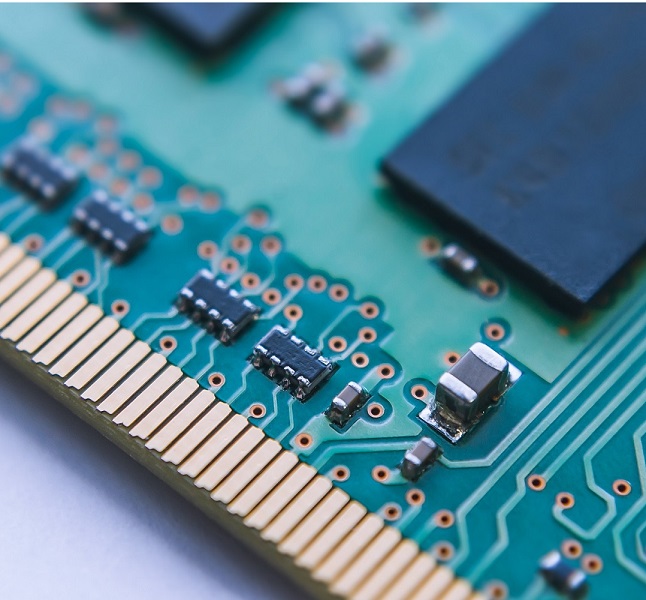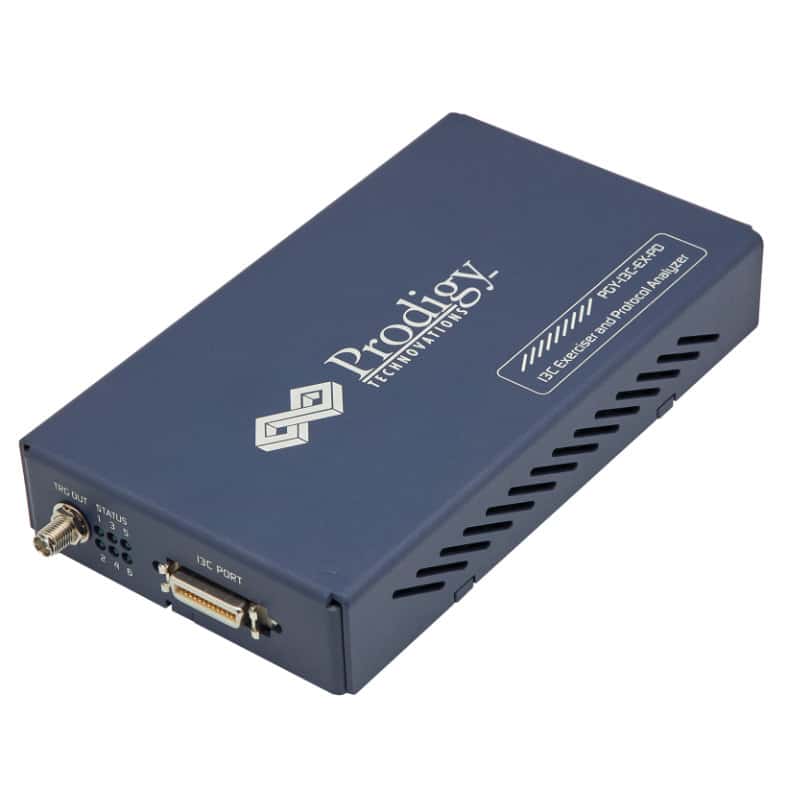
Challenges & tools for sensor integration
Increased demands on sensor systems & controllers
Smartphones and other devices have a rapidly expanding array of mechanical, motion, biometric, and environmental sensors that enable a variety of features and use cases that companies are using to differentiate their products. Consumers demand that every device is as intelligent as the smartphone. Therefore, the demand for sensor integration in consumer devices has grown exponentially. Each of these sensors requires an interrupt and therefore dedicated GPIO pins are taken away by the system designer. If the system or 15 sensors are present, 15 pins of the chip only need to be reserved for the sensor interface. Adding to this requirement is the type of functionality that manufacturers add to the sensors. Modern sensors also require a higher bandwidth for data transmission.
New methods for system integration
This sensor proliferation & exponentially increased demand creates significant design challenges, especially for software developers. For example, without a common method of attachment, each host controller must have its own system software or driver to support that hardware. Each host controller implementation may also provide other features and optimizations. In order to be able to cover the increased demand for sensors with a standardized method, various approaches have been developed in recent years, such as the I3C bus, which is a further development of the I2C and, in addition to the higher bandwidth, has dynamic slave addressing, for example, which makes integration considerably easier .
Due to the many innovations of the I3C bus standard, its complexity is also increasing as a result. Debugging a sensor brings new challenges during board bring-up or firmware debugging. It is necessary not only to understand which sensor interface is misbehaving, but also to know the order of the transaction.
The new challenges also increase the need for advanced debugging and analysis, which means that more powerful development tools are required. Prodigy's I3C Protocol Analyzer below is currently the only device on the market capable of debugging I3C bus designs while also allowing for conformance testing.
I3C protocol analyzers and host adapters
PGY-I3C-EX-PD is the premier tool that allows designers and test engineers to test the I3C designs to their specifications by configuring PGY-I3C-EX-ED as master/slave, generating I3C traffic with error injection capability and I3C decode protocol decoding packets.









